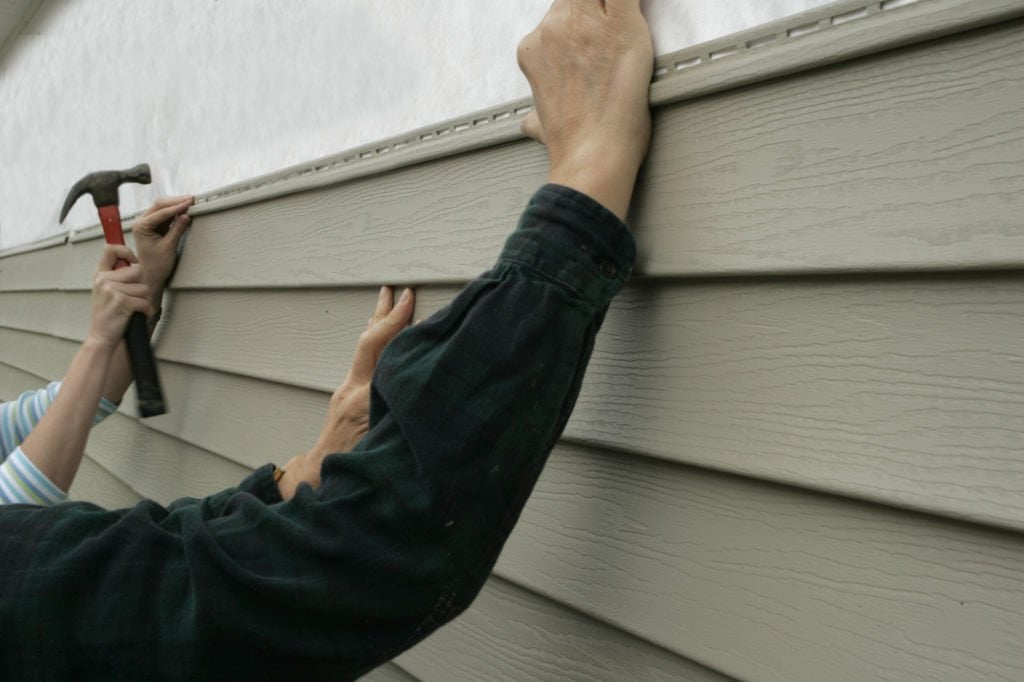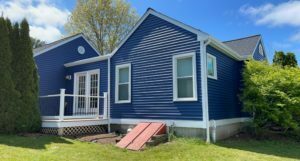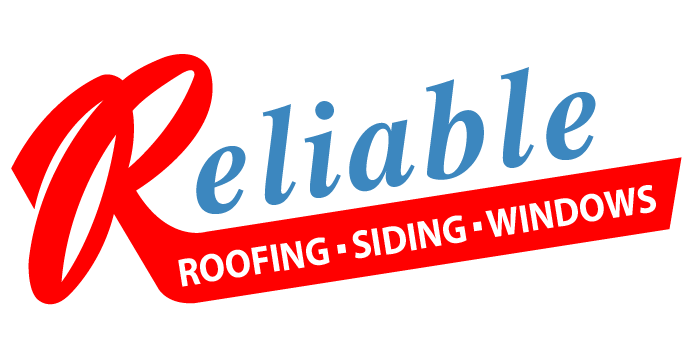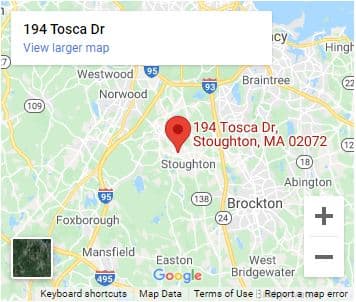Transform Your Home with the Best Siding Replacement Options
When it comes to home siding replacement, it’s not just about giving your house a fresh look. New siding can also boost your home’s curb appeal and protect its structural integrity. Here’s a quick summary:
- Enhances curb appeal
- Increases home value
- Protects against weather damage
- Provides insulation and improves energy efficiency
Replacing the siding on your home can be one of the best investments you make. It not only updates the appearance but also tackles hidden problems like water damage and rot.
I’m Justin Whittaker, an expert in home renovations with years of experience in roofing, window installation, and home siding replacement. In the next sections, I’ll guide you through why it’s important and what materials are best for your home.

Why Replace Your Home Siding?
Replacing your home siding is a big decision, but it comes with many benefits. Here’s why it’s worth considering:
Increase Home Value
New siding can significantly boost your home’s value. Fresh, well-maintained siding enhances curb appeal, making your home more attractive to potential buyers. Additionally, new siding can reduce energy bills, adding even more value over time.
Protection
Siding is your home’s first line of defense against the elements. Damaged siding can allow water to seep in, leading to rot, mold, and structural damage. Siding replacement is crucial when you notice signs like cracking, warping, or rotting. New siding ensures your home stays protected from moisture, pests, and harsh weather conditions.
Hidden Problems
Old siding can hide serious issues like water damage, rot, or pest infestations. Removing the old siding allows you to inspect and repair any underlying problems. Many homeowners discover these hidden issues only when they decide to replace their siding. Addressing these problems early can prevent costly repairs down the road.
Maintenance
Some siding materials require more upkeep than others. For example, wood siding needs regular re-staining and sealing to prevent moisture damage, while vinyl and aluminum require minimal maintenance. Brick and stone siding are virtually maintenance-free, making them excellent long-term options. Choosing a low-maintenance material can save you time and money in the long run.

New siding not only improves your home’s appearance but also ensures it remains in top condition. In the next section, we’ll explore the different types of siding materials available and their unique benefits.
Types of Siding Materials
When it comes to home siding replacement, choosing the right material is crucial. Each type of siding has its unique benefits and potential drawbacks. Let’s explore the different options available:
Vinyl Siding
Vinyl siding is one of the most popular choices for homeowners. It’s cost-effective, low-maintenance, and available in a variety of colors. Vinyl siding costs between $4 to $5 per square foot on average, making it an affordable option.
- Pros:
- Low Maintenance: Requires occasional cleaning.
- Energy Efficiency: Insulated vinyl siding can improve your home’s energy efficiency.
- Variety of Colors: Offers a wide range of colors and styles.
- Cons:
- Weather Damage: Can be susceptible to damage from extreme weather conditions.
Wood Siding
Wood siding offers a classic look that many homeowners love. However, it requires more maintenance compared to other materials.
- Pros:
- Aesthetic Appeal: Provides a natural, classic look.
- Customizable: Can be painted or stained in various colors.
- Cons:
- Maintenance: Needs regular re-staining and sealing to prevent rot and insect damage.
- Cost: Generally more expensive than vinyl.
Metal Siding
Metal siding, such as aluminum and steel, is known for its durability and weather resistance.
- Pros:
- Durable: Resistant to fire, rot, and pests.
- Weather Resistant: Performs well in extreme weather conditions.
- Cons:
- Cost: Can be more expensive.
- Maintenance: Requires upkeep to prevent rust and dents.
Fiber Cement Siding
Fiber cement siding is a blend of cement, cellulose fibers, and sand. It’s known for its durability and low-maintenance.
- Pros:
- Durable: Resistant to fire, insects, and rot.
- Low Maintenance: Requires minimal upkeep.
- Wood-Like Appearance: Can mimic the look of wood.
- Cons:
- Weight: Heavier than other materials, making installation more challenging.
- Cost: More expensive than vinyl but offers better durability.
Brick Siding
Brick siding offers a timeless look and is virtually maintenance-free.
- Pros:
- Durability: Can last for decades.
- Maintenance-Free: Requires little to no maintenance.
- Insulation: Provides good insulation, helping to regulate indoor temperatures.
- Cons:
- Cost: One of the more expensive options.
- Limited Colors: Fewer color options compared to vinyl.
Stone Veneer Siding
Stone veneer siding provides a luxurious look at a fraction of the cost of real stone.
- Pros:
- Cost-Effective: Less expensive than solid stone.
- Durability: Long-lasting and resistant to mold, rot, and insects.
- Energy Efficiency: Naturally insulates your home.
- Cons:
- Installation: Requires professional installation to ensure longevity.
- Maintenance: Improper installation can lead to cracks and other issues.
Composite Siding
Composite siding includes materials like engineered wood, fiber cement, and wood-plastic composite.
- Pros:
- Versatile: Mimics the look of wood without the high maintenance.
- Durable: Resistant to moisture, insects, and rot.
- Eco-Friendly: Often made from recycled materials.
- Cons:
- Cost: Generally more expensive than vinyl but offers long-term benefits.
- Appearance: Some homeowners may find it less natural-looking compared to real wood.
Manufactured Siding
Manufactured siding, made from high-density fiberboard (HDF), offers robust qualities.
- Pros:
- Durable: Water- and fire-resistant.
- Maintenance-Free: Requires minimal upkeep.
- Weather Resistant: Fends off mildew and various weather elements.
- Cons:
- Cost: Can be on the higher end.
- Installation: May require professional installation.

Home Siding Replacement Costs
When it comes to home siding replacement, understanding the costs involved is crucial. Here, we’ll break down the average costs, material and labor expenses, and other factors that can affect your total investment.
Cost by Material
Different materials come with different price tags. Let’s look at some common options:
- Vinyl Siding:
- Material Costs: $2-$7 per square foot
- Labor Costs: $2-$5 per square foot
- Total for a 2,000 sq ft home: $7,000-$25,000
- Wood Siding:
- Material Costs: $5-$10 per square foot
- Labor Costs: $4-$10 per square foot
- Total for a 2,000 sq ft home: $14,000-$34,000
- Metal Siding (Aluminum or Steel):
- Material Costs: $3-$11 per square foot
- Labor Costs: $2-$5 per square foot
- Total for a 2,000 sq ft home: $10,000-$30,000
- Fiber Cement Siding:
- Material Costs: $6.50-$12.50 per square foot
- Labor Costs: $4-$10 per square foot
- Total for a 2,000 sq ft home: $13,000-$30,000
- Brick Siding:
- Material Costs: $8-$10 per square foot
- Labor Costs: $7-$15 per square foot
- Total for a 2,000 sq ft home: $15,000-$50,000
- Stone Veneer Siding:
- Material Costs: $5-$13 per square foot
- Labor Costs: $3-$10 per square foot
- Total for a 2,000 sq ft home: $10,000-$45,000
Cost by Home Size
The size of your home significantly impacts the overall cost. Here’s a quick breakdown:
| Home Size | Average Total Cost for Vinyl Siding | Average Total Cost for Fiber Cement Siding |
|---|---|---|
| 1,000 sq ft | $3,500-$12,500 | $6,500-$15,000 |
| 1,500 sq ft | $5,250-$18,750 | $9,750-$22,500 |
| 2,000 sq ft | $7,000-$25,000 | $13,000-$30,000 |
| 2,500 sq ft | $8,750-$31,250 | $16,250-$37,500 |
| 3,000 sq ft | $10,500-$37,500 | $19,500-$45,000 |
Additional Cost Factors
Several factors can influence your siding replacement costs:
- Home Shape and Design Complexity: More corners, angles, and intricate designs can increase labor costs.
- Old Siding Removal: Removing old siding can add $1,000-$3,000 to your project.
- Time of Year: Contractors may offer lower rates in the off-season (early spring or fall).
- Location: Labor costs vary by region. Urban areas tend to be more expensive than rural areas.
- Permits: Depending on local regulations, permits can cost anywhere from $100 to $500.
Understanding these factors can help you budget more effectively for your home siding replacement project. In the next section, we’ll compare the costs and benefits of DIY siding replacement versus hiring a professional.
DIY vs. Hiring a Professional
When considering home siding replacement, you might wonder if you should tackle the project yourself or hire a professional. Let’s break down the pros and cons of each approach.
DIY Savings
Cost Savings: Doing it yourself can save you a lot of money. Labor costs for professional installation can be significant. By handling the work yourself, you could save thousands of dollars.
Learning Experience: Taking on a DIY project can be rewarding. You’ll gain new skills and the satisfaction of completing a major home improvement project.
Labor Costs
Professional Rates: Hiring professionals can be costly. Labor can account for 50% or more of the total cost of siding replacement. Rates vary, but you can expect to pay between $1 and $3 per square foot for labor alone.
Efficiency: Professionals work faster and more efficiently. What might take you weeks to complete, they can often finish in a few days.
Risks
Skill Level: Installing siding isn’t as simple as it might seem. Mistakes can lead to water damage, poor insulation, and other issues. If you’re not experienced, you risk compromising your home’s integrity.
Time Commitment: DIY siding replacement is time-consuming. Balancing this with your daily responsibilities can be challenging.
Safety: Working on a ladder or scaffolding is risky. Professionals have the right equipment and training to stay safe.
Professional Benefits
Quality Work: Professionals bring expertise and experience. They ensure your siding is installed correctly, which protects your home and increases its value.
Warranties: Many contractors offer warranties on their work. This means if something goes wrong, they’ll fix it at no extra cost.
Inspection and Repair: Pros can spot and fix underlying issues, like rot or pest damage, before installing new siding. This can save you from bigger problems down the line.
Reliable Roofing
At Reliable Roofing, we offer top-notch siding replacement services. Our team of experts ensures high-quality workmanship and customer satisfaction. We also provide comprehensive warranties and attentive customer service, making sure you’re happy with the outcome of your project.
Whether you decide to go the DIY route or hire professionals, proper planning and execution are key. In the next section, we’ll answer some frequently asked questions about home siding replacement.
Frequently Asked Questions about Home Siding Replacement
Is it worth replacing siding on a house?
Absolutely. Replacing your siding can increase your home’s value by up to 10%, according to realtors. New siding not only boosts curb appeal but also offers better protection against the elements. It can hide hidden problems like water damage or rot, which can cause bigger issues if left unchecked.
How much siding do I need for a 2,000 sq ft house?
To calculate the amount of siding needed, measure the total wall area of your home. For a 2,000 sq ft house, the calculation is straightforward:
- Measure each wall’s length and height.
- Multiply the length by the height to get the square footage of each wall.
- Add up the square footage of all walls.
For example, if your home has walls that are 25 feet long and 20 feet high, the total square footage would be:
[ 25 \text{ ft} \times 20 \text{ ft} = 500 \text{ sq ft per wall} ]
If you have four walls of this size:
[ 500 \text{ sq ft} \times 4 = 2,000 \text{ sq ft} ]
Make sure to buy extra material to account for waste and mistakes.
How often should you replace siding on a house?
The lifespan of siding varies based on the material:
- Vinyl Siding: Typically lasts 20-40 years. It’s low-maintenance but can fade or crack over time.
- Fiber Cement Siding: Can last up to 50 years. It’s durable and fire-resistant but may need repainting every 15 years.
- Aluminum Siding: Lasts about 30-50 years. It’s resistant to rust and weather but can dent and fade.
Regular inspections can help you spot issues early, ensuring your siding lasts as long as possible.
In the next section, we’ll discuss the costs associated with home siding replacement, breaking down the expenses by material and home size.
Conclusion
Replacing your home siding is a significant investment, but it’s one that offers numerous benefits. At Reliable Roofing, we understand that this decision impacts not only your home’s curb appeal but also its overall value and protection.
Reliable Roofing: Your Trusted Partner
When you choose Reliable Roofing for your home siding replacement, you’re not just getting a service provider. You’re gaining a partner dedicated to enhancing the beauty and durability of your home. Our team of experienced professionals ensures that every installation is done right, providing you with peace of mind and a high-quality finish.
A Worthwhile Investment
Investing in new siding is more than just an aesthetic upgrade. It’s a strategic decision that can increase your home’s market value. According to research, new siding can yield up to an 80% return on investment, especially if you plan to sell your home soon. This makes it one of the most cost-effective home improvement projects.
Boosting Curb Appeal
First impressions matter. New siding can dramatically improve your home’s exterior, making it more attractive to potential buyers and neighbors. Whether you opt for the classic look of wood, the durability of fiber cement, or the cost-effectiveness of vinyl, fresh siding can transform your home’s appearance.
Long-Term Benefits
Beyond aesthetics and value, new siding offers long-term benefits. Modern siding materials are designed to be energy-efficient, helping to reduce your utility bills. They also provide better protection against the elements, ensuring your home stays safe from weather-related damage.
In summary, replacing your home siding is a smart move that offers immediate and long-lasting rewards. If you’re considering this project, contact Reliable Roofing to ensure it’s done to the highest standards. Your home deserves the best, and so do you.



